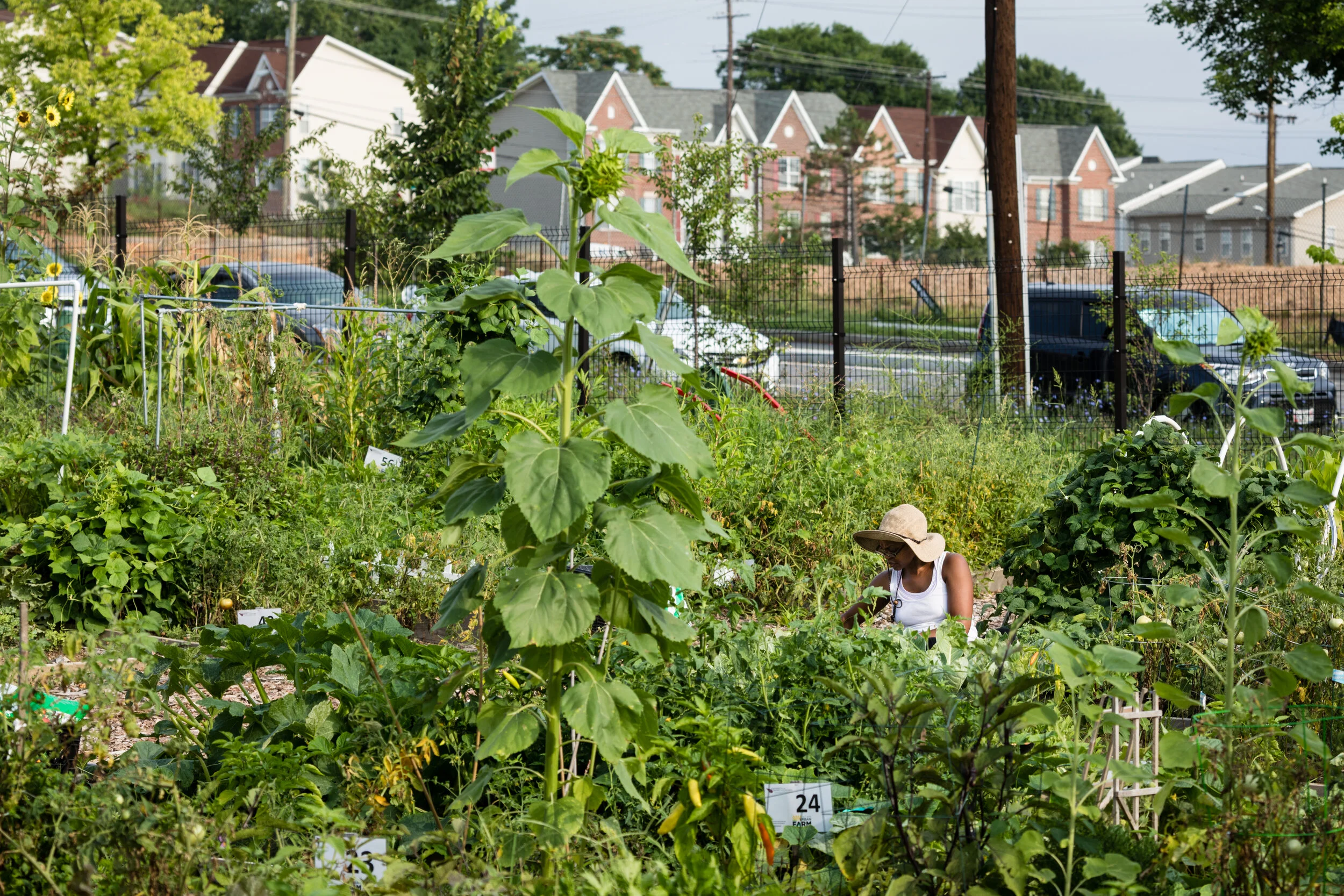What is eco-feminism, and why is it important to the Chesapeake Bay?
/March is Women’s History Month, a time to celebrate women’s contributions to history, culture, and society. It is also a time to reflect on the many inequalities that women still face - socially, economically, politically, and even environmentally. You may have heard the term “ecofeminism,” a school of thought that views environmentalism, gender equality, and social justice as intrinsically tied together. Globally, there is evidence that gender and the environment are linked, in that areas with high levels of gender inequality also have high levels of environmental degradation, such as air pollution and deforestation. And with the growing environmental instability linked to climate change, researchers have noted that natural disasters cause women’s economic insecurity and workloads to increase more than men’s.
In a comparatively wealthy and progressive country like the United States, the connection between women’s inequality and the environment may not be as obvious as in other parts of the world. But these connections do exist and impact women every day, even here in the Chesapeake Bay region. The Bay is known for its oyster and crab fisheries, and over the past century, there is a rich history of women working in the canneries and packing houses that processed the shellfish. Many immigrant women from Eastern Europe shucked oysters in the Baltimore canneries, and the packing houses on the lower Eastern Shore of Maryland primarily employed African American women. Today, crab-picking is fueled primarily by immigrant labor. And with the well-documented pay gaps between men and women, labor can be a significant area of disparity. March 15th was Equal Pay Day, or how far into the year the average woman must work in order to have earned what the average man had earned the entire previous year. And that is just the average woman - the Equal Pay Days for specifically Asian American, Native Hawaiian, Pacific Islander, Black, Native American, and Latina women are all later this year. Not to mention, for the first time, the Equal Pay Day calculation took into account the significant effect that the COVID-19 pandemic (a zoonotic disease irrevocably tied to nature, by the way) had on pushing women into part-time and seasonal work, or out of the workforce altogether.
H-2B visa workers pick crabs in Dorchester County, Maryland
Research has shown that Black, Indigenous, and People of Color are not only affected by income inequality - they are also disproportionately affected by climate change, environmental degradation, and pollutants. The environmental justice movement has shed a light on these disparities and advocates for everyone to have equitable access to healthy food, clean air and water, and a safe environment. For example, in cities like Baltimore, Washington D.C., and Richmond, minority and low-income neighborhoods experience record-high temperatures in the summer compared to other parts of the city due to dense development and a lack of trees and green space. Since research shows that the impacts of climate change, like these worsening urban heat islands, have a greater negative impact on women, it inevitably becomes an environmental, feminist, and social justice issue.
Intersectional environmentalism is a relatively new phrase that captures these complicated, interwoven connections among environmentalism, feminism, and environmental justice. Ultimately, we cannot make progress in one of these areas without considering the impact on the others - that is the only way to make sure that the environmental movement is inclusive and equitable for all.


